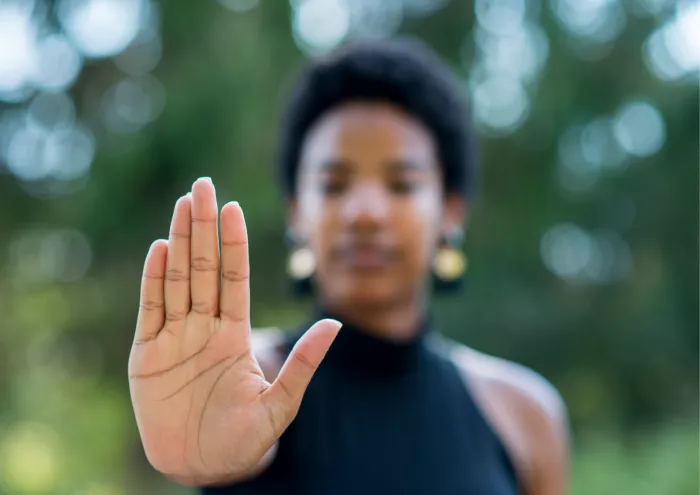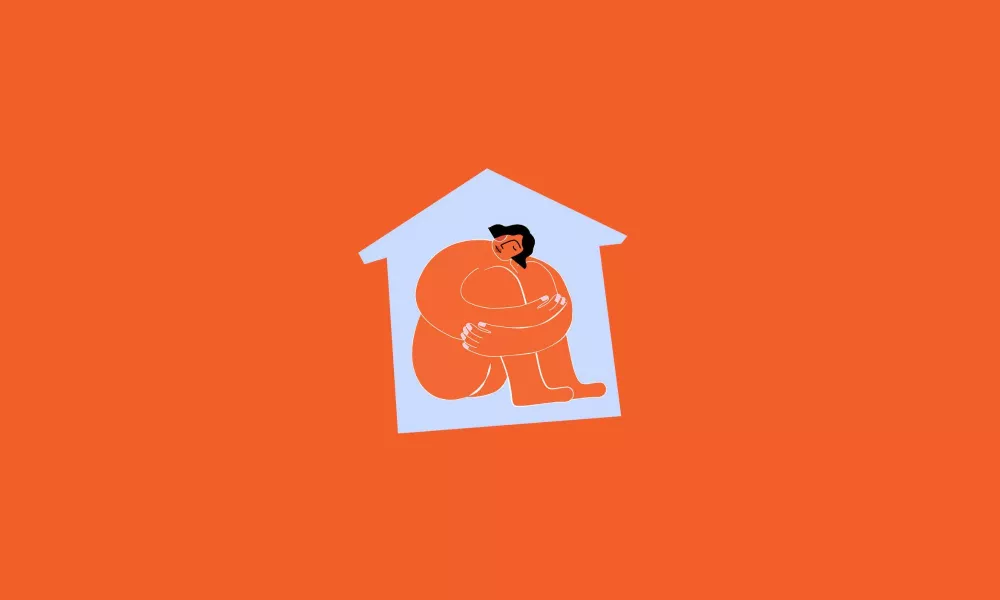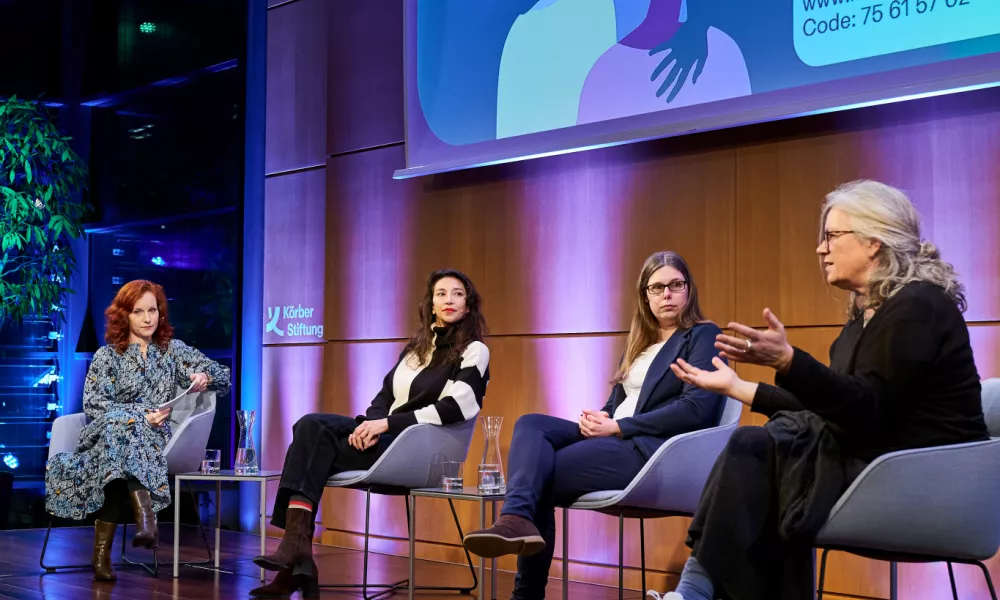Domestic violence encompasses not only intimate partner violence but also violence within the family. To focus specifically on intimate partner violence, we explicitly define this form of abuse. Intimate partner violence refers to any type of violence occurring between individuals in a romantic relationship. It can manifest in various forms, including physical, sexual, psychological, social, digital, and economic abuse. The primary goal of this violence is to exert control over the affected individual.
This is not an isolated incident but often part of a recurring cycle of violence that does not resolve on its own. It can have severe and long-lasting effects on the health and social well-being of those affected, particularly children who may witness the abuse. A significant proportion of intimate partner violence is directed at women and TIN* [2].
Historically ingrained patriarchal structures contribute to and perpetuate this violence, reinforcing the unequal power dynamics within relationships. In many cases, perpetrators of violence wrongly claim ownership over their partners, making the abuse more dangerous and, in the worst-case scenario, potentially leading to femicide.









